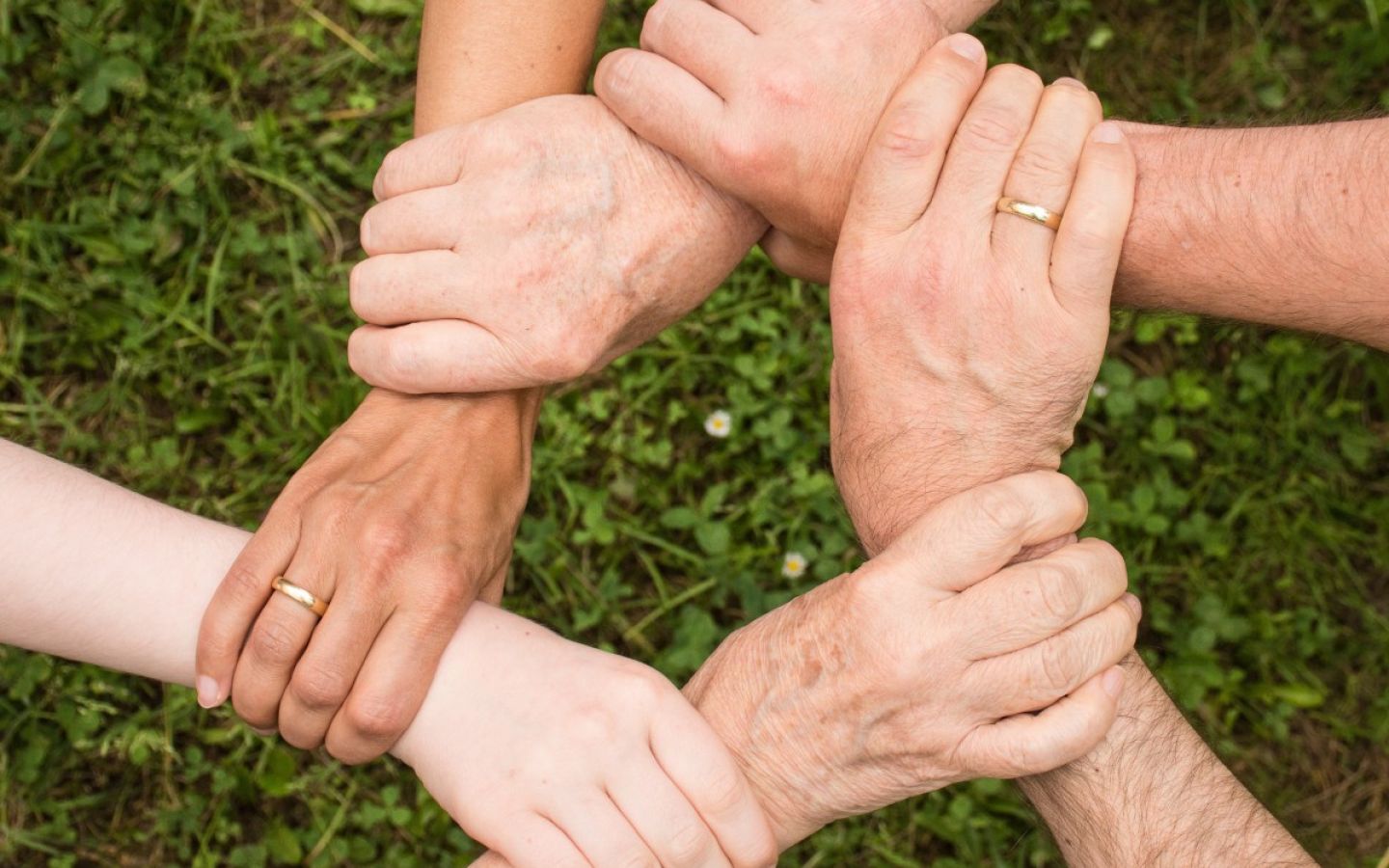Research

The Recovery-Oriented Care Collaborative: A practice-based research network to improve care for people with serious mental illnesses
Practice-based research networks (PBRNs) create continuous collaborations among academic researchers and practitioners. Most of these networks have operated in primary care and less than 5% of federally registered PBRNs include mental health practitioners. In 2012 the first PBRN in the nation focused on individuals with serious mental illnesses was established in Los Angeles, California. This article describes the development of this innovative PBRN and offers key lessons learned.

Mental Health Practice-based Research Network Findings: Integrated Care for Individuals with Serious Mental Illnesses
Integrated physical and mental health care initiatives have become an important part of services provided for individuals with serious mental illness by their mental health team. Our PBRN explored how different approaches to integrated care impacted the health and well-being of those who received integrated services in the 18 months prior using a brief cross-sectional survey with 237 individuals with serious mental illness. Compared to before they had access to integrated services, respondents reported significant reductions in their use of emergency services, increased access to care, improved mental and physical health, healthier lifestyles, and high satisfaction with services. Mental health agencies can provide a variety of effective service models that improve integrated care for the physical health needs of individuals with serious mental health issues. PBRNs offer a unique opportunity for mental health providers to create an evidence base for their services.

Provider and consumer perspectives on the usefulness of community mental health services delivered in usual care settings: Implications for consumer-driven care
Public mental health services in the community are broad and continue to expand to address the multiple issues faced by those with serious mental illnesses. However, few studies examine and contrast how helpful consumers and providers find the spectrum of services currently provided. The present study examines the services at 15 community mental health service clinics (CMHCS) from the perspectives of 147 providers and 351 consumers. After conducting focus groups with consumers and providers to develop a brief survey, participants rated and ranked the helpfulness of 24 types of common services. Social support was the highest rated service by both types of respondents, and the creation of a welcoming environment was the highest ranked service by both. There were also areas of disagreement. Consumers identified traditional mental health services (individual therapy and medication services) as being most helpful to them whereas providers selected longer-term services that promote self-reliance (e.g., securing housing, and promoting self-sufficiency) as the most helpful.

Is it safe? Community integration for individuals with serious mental illnesses
Purpose: Community integration is a key component of recovery for individuals with serious mental illnesses (SMIs). The goal of the current study is to explore the nature and impact of safety concerns for experiences of communities for individuals with SMIs.
Method: Using constructivist grounded theory, 30 semistructured interviews were analyzed to explore the depth and breadth of individuals’ safety concerns, how individuals manage these concerns, and how these concerns shape their community experiences.
Findings: Participants described various unsafe encounters related to neighborhood disorder, homelessness, traumatic experiences, substance use, stigma, and loss of relationships and multiple strategies to manage their safety. Many saw mental health services as a sanctuary from the dangers of their environment, providing support, resources, and coping skills. For many, future communities were envisioned within the context of safety.
Conclusions: Service providers should consider safety as a critical issue that impacts how individuals experience their current and future communities.

Practice-Based Research Networks in Stakeholder-Driven Social Work Research
The field of social work is evolving towards community-engaged, stakeholder-driven research in the context of evidence-based practice and practice-based evidence. We propose that practice-based research networks (PBRNs) are an approach to conducting stakeholder-driven research that can be uniquely valuable for the field of social work. We define the concept of a PBRN and demonstrate how it can address the development of complementary agendas for service improvement, social work science, policy development and advocacy, as well as highlight the challenges and benefits of participating in a PBRN.

Managing substance use for clients with serious mental illnesses: Knowledge, attitude, and training challenges among outpatient behavioral health providers in California, Ohio, and New York
Individuals with serious mental illness have high rates of substance use. The most commonly used substances are alcohol and marijuana and it is unclear if clinical providers delivering mental health services feel prepared to address substance use. While information about the effects of alcohol are well-established, the effects of marijuana are less known and staff may feel less confident in their abilities to assess its use and may rely on more informal sources to learn about it.
Methods: Mental health agencies in three states (California, Ohio, and New York) surveyed their staff (n =717) to explore their knowledge, training, and expertise in assessment of substance use generally as well as marijuana and alcohol specifically. Results: Overall, providers felt more prepared to address alcohol use than marijuana use by their clients. In between-state comparisons, California providers felt significantly less well prepared to assess, discuss, and refer their clients to treatment compared to Ohio and New York providers. Using a series of multi-categorical mediation models, we confirmed that deficits in training for these specific substances largely accounted for between-state differences in assessment, capacity, and treatment. Conclusions: Substance use training to address individuals with co-occurring disorders is insufficient and the present results suggest the need for systemic changes in how community mental health providers are trained.

Definitions of Community for individuals with SMI: Implications for Community integration
While recent work on community integration for individuals with serious mental illnesses (SMIs) has focused on the multi- dimensionality of community integration, it has not been fully rooted in how consumers define and experience communities for themselves. Guided by symbolic interactionism theory, the goal of the present study is to explore definitions of community as provided by individuals with SMIs, and to incorporate those definitions into a theoretical framework of community to inform community integration efforts in the context of mental health services and recovery. Semi-structured interviews were conducted between November 2017 and September 2018 with 90 racially/ethnically diverse participants who were 18 years and older with an SMI and receiving community mental health services. Interviews were audio-recorded, transcribed, and analyzed using ResearchTalk’s “Sort and Sift, Think and Shift” methodology. Themes derived from participants’ definitions of community included a structural aspect of people and places; a functional aspect of socializing, helping and receiving resources; and an experiential aspect of shared struggles and experiences, finding safety, and identifying with others. To this end, we propose a Structural, Functional and Experiential (SFE) model of community. The SFE model of community provides a conceptual framework and guidance for clinicians, researchers, policy makers and service stakeholders regarding the complexity and variability of community for their consumers, which is essential to their recovery. Application of the SFE framework for assessment and intervention is discussed.

Barriers to community and social networks: Substance use and housing instability among individuals with serious mental illnesses

Technology, social networks and community integration.
Have an idea for a PBRN? Let us know!
We are interested in hearing from anyone who has suggestions for research ideas or for our PBRN.

